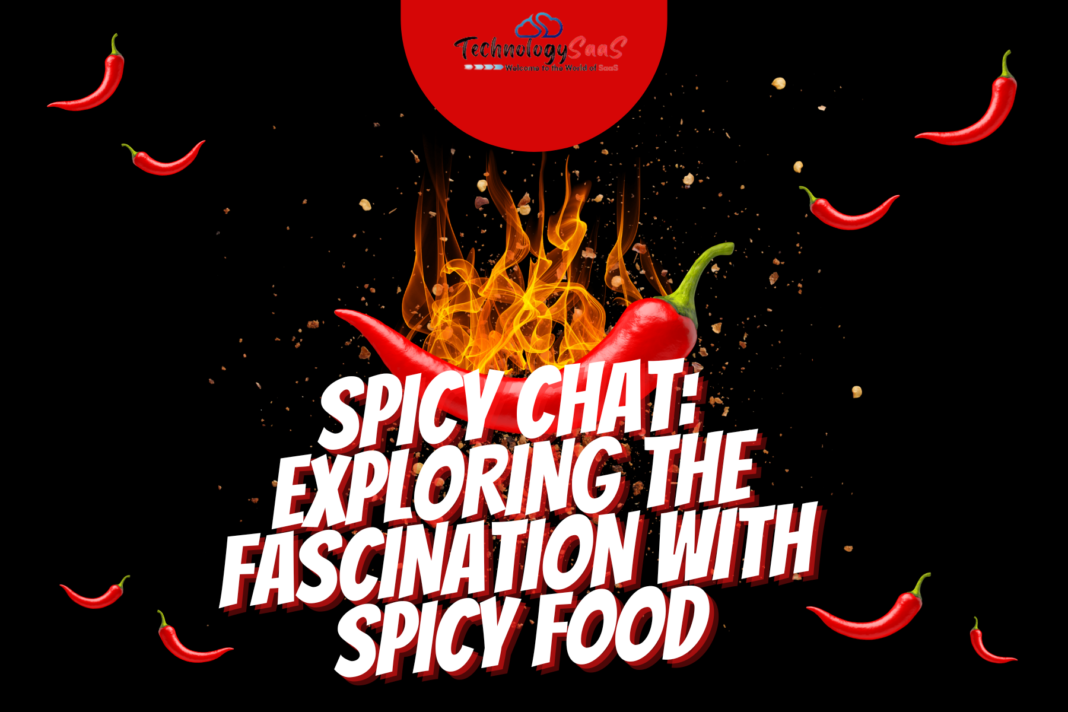Spicy Food has long held a unique spot in societies around the world, charming taste buds and igniting culinary undertakings. From tongue-shivering road food slows down in Bangkok to searing hot pots in Sichuan, the charm of zesty cooking rises above borders and joins food aficionados all around the world. This article digs into the social, logical, and individual parts of fiery food, investigating why some hunger for the intensity while others proceed mindfully.
Cultural Significance
Spicy Food isn’t just about flavor; it’s profoundly implanted in social personalities. In districts like India, Mexico, and Thailand, hot dishes are basic to neighborhood cooking, reflecting authentic shipping lanes, rural practices, and local preferences. For instance, the utilization of stew peppers in Mexican cooking traces all the way back to pre-Columbian times, exhibiting a combination of native and European impacts.
Past simple utilization, spicy food frequently assumes a part in friendly customs and festivities. In South Korea, get-togethers around shared pots of searing kimchi stew (kimchi jjigae) encourage fellowship and warmth, both in a real sense and metaphorically. Likewise, the public experience of sharing zesty hot pot in China fills in as a holding an open door among loved ones.
Scientific Fascination
The impression of fieriness is because of mixtures like capsaicin, found in bean stew peppers. When consumed, capsaicin ties to torment receptors in the mouth and throat, setting off an impression of intensity. Oddly, this makes the body discharge endorphins, regular pain relievers that add to a pleasurable inclination — a peculiarity likened to a hot food-initiated “sprinter’s high.”
Researchers have likewise concentrated on the medical advantages related with fiery food varieties. Capsaicin, for example, is known to have mitigating properties and may help with processing. In addition, societies with slims down wealthy in hot food varieties frequently show lower paces of cardiovascular sickness, potentially because of expanded digestion and further developed blood dissemination connected to capsaicin utilization.
Personal Preferences and Challenges
While some people relish the burn of a spicy curry or salsa, others find even mild heat unbearable. This variability stems from both genetic predispositions and individual tolerance levels. Over time, habitual consumption can increase tolerance to spicy foods, allowing enthusiasts to enjoy hotter dishes with ease.
For many, eating spicy chat becomes a personal challenge or adventure—a quest to conquer increasingly hotter peppers or dishes. Competitions such as chili-eating contests highlight this fascination with pushing culinary limits. The thrill lies not just in the taste but in the adrenaline rush and sense of accomplishment that comes with mastering the heat.
Culinary Innovation and Global Appeal
The worldwide notoriety of Spicy food has prodded culinary advancement and diverse trial and error. Culinary experts all over the planet integrate zesty components into different foods, making combination dishes that mix conventional flavors with present day turns. In the US, for example, fiery chicken wings have turned into a staple, with varieties going from gentle to “knock your-socks off” hot.
Additionally, modern times has democratized admittance to zesty recipes and fixings, enabling home cooks to reproduce global dishes and adjust them to individual preferences. Online people group and discussions committed to zesty food fans share recipes, ways to develop bean stew peppers, and stories of culinary victories and disappointments.
Conclusion
Spicy food isn’t simply about heat — it’s a social peculiarity, a logical riddle, and an individual excursion of investigation and pleasure. Whether you enjoy the consume of a jalapeño or look for comfort in a glass of milk after an excessively aggressive curry, the universe of hot food offers something for everybody. As worldwide preferences proceed to develop and mix, hot food stays a dynamic and basic piece of culinary legacy, welcoming all of us to brighten up our lives, each chomp in turn.
This investigation of “Spicy Chat” delineates how an apparently basic gustatory inclination unfurls into a rich embroidery of social legacy, logical request, and individual enthusiasm.



